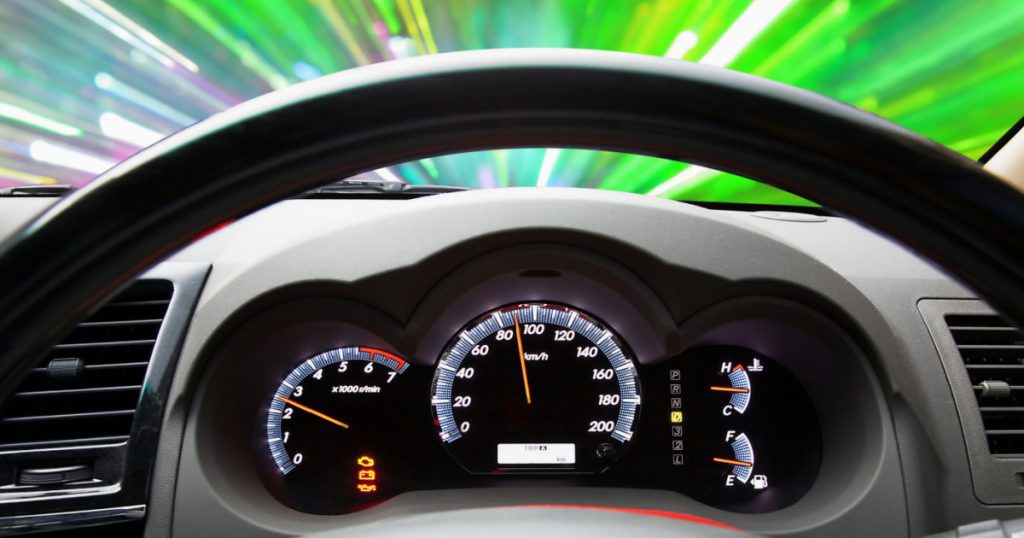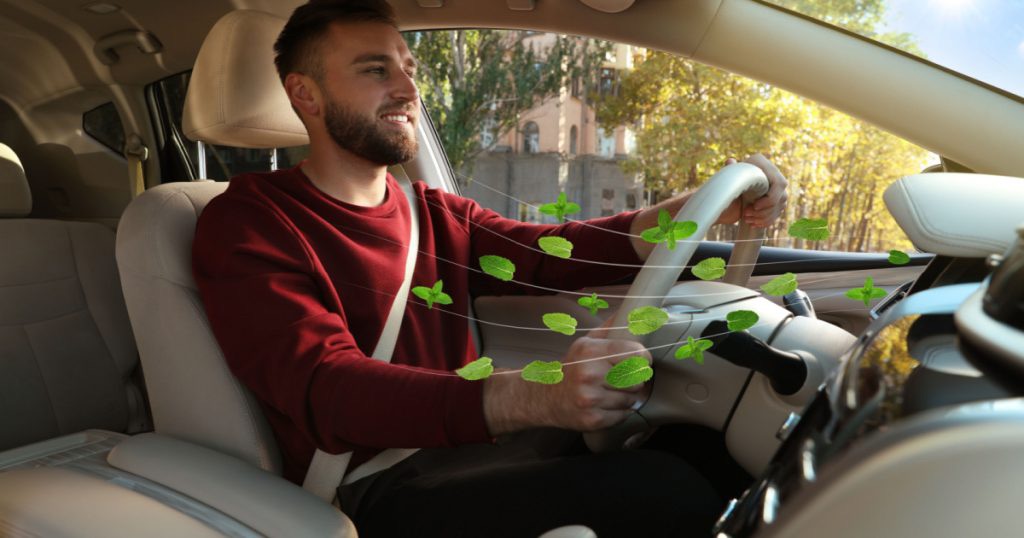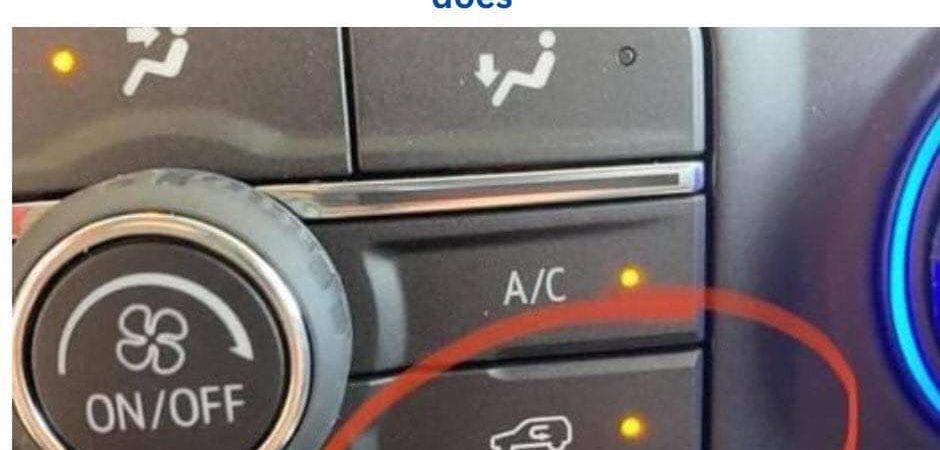Modern cars are equipped with various buttons, each serving a unique purpose in the intricate machinery that propels us forward. Among them, the air recirculation button, often overlooked, plays a crucial role in maintaining cabin comfort and air quality. Represented by an arrow curving within an automobile, this button circulates existing cabin air rather than drawing in external air.
Activating the air recirculation button efficiently recirculates air within the cabin, allowing the air conditioning system to cool pre-chilled interior air, maximizing efficiency and fuel conservation. This mode also acts as a barrier against external pollutants, exhaust fumes, and allergies, contributing to a cleaner and healthier atmosphere for occupants.

The Wall Street Journal notes that employing the air recirculation option enhances fuel efficiency, as it takes less energy to recirculate already cooled interior air compared to continually cooling hotter external air. This not only saves gasoline but also reduces the strain on the air conditioning system, potentially extending its lifespan.
Beyond comfort, the air recirculation button addresses air quality concerns, protecting occupants from pollutants and allergies. It can result in a quieter ride by reducing noise from busy streets and lessen the workload on the air conditioning system, potentially leading to fewer maintenance requirements and longer-lasting performance.

Knowing when to use or avoid the recirculation button is crucial. It excels in hot weather, efficiently cooling the cabin, but excessive use during cold weather can lead to hazy windows due to stored moisture. Periodically switching to fresh air mode is recommended to prevent elevated carbon dioxide levels during lengthy rides in sealed vehicles.
The seemingly simple air recirculation button has the power to transform the driving experience. Understanding its functions and benefits allows drivers to create a cleaner, more comfortable cabin atmosphere, improve fuel efficiency, and enhance the long-term well-being of their vehicles, making it a vital tool for any modern driver facing urban pollution, disagreeable odors, or extreme weather conditions.

